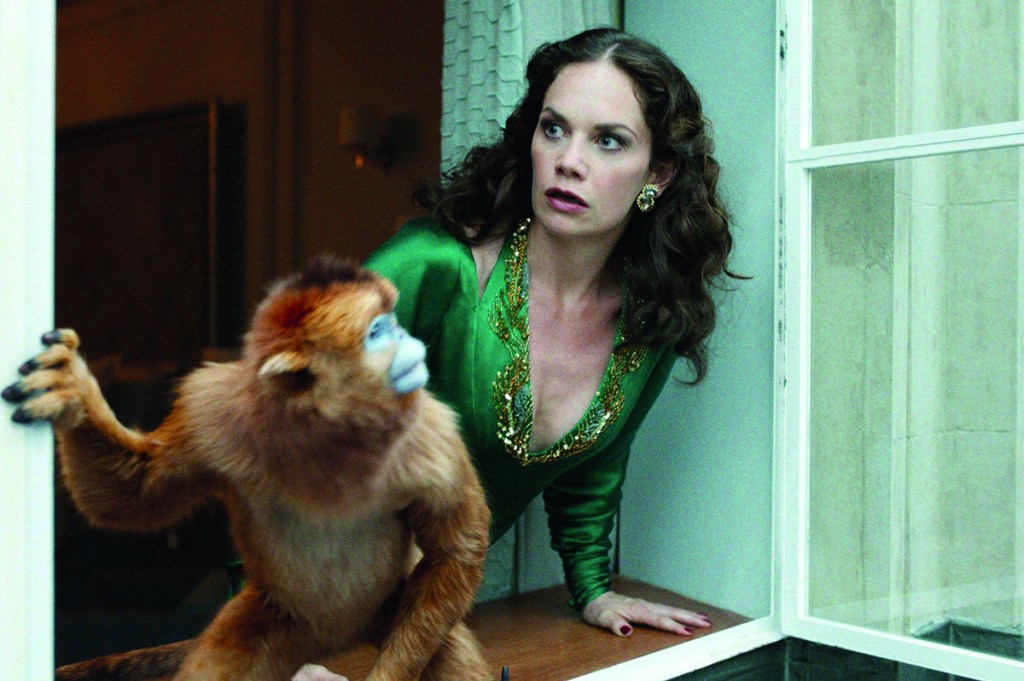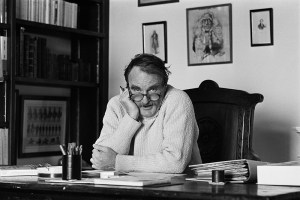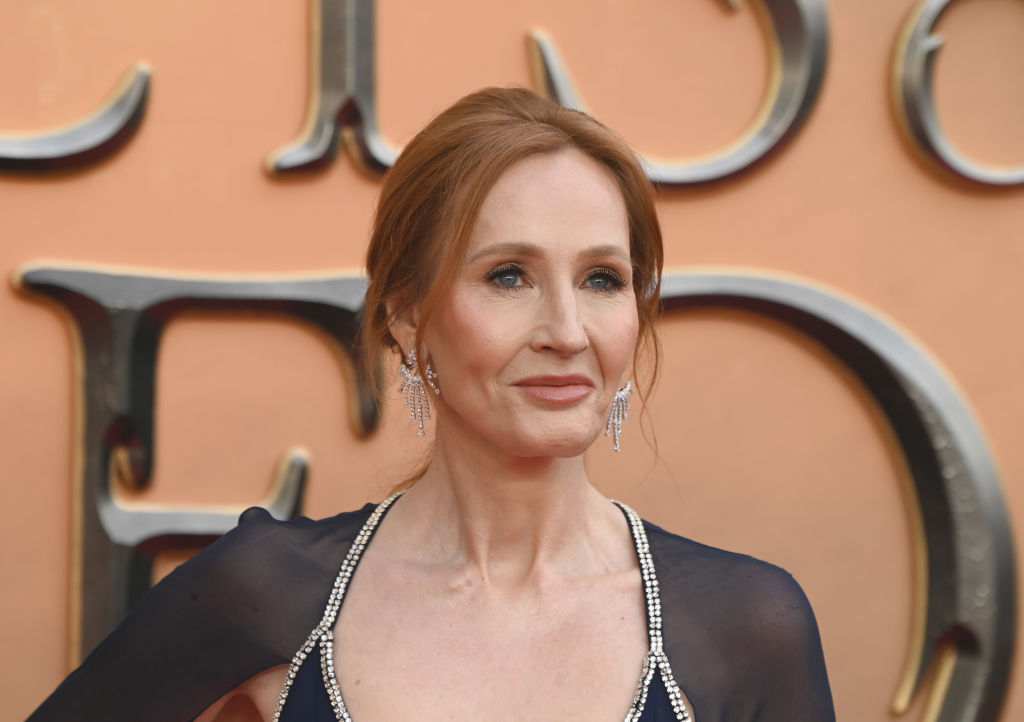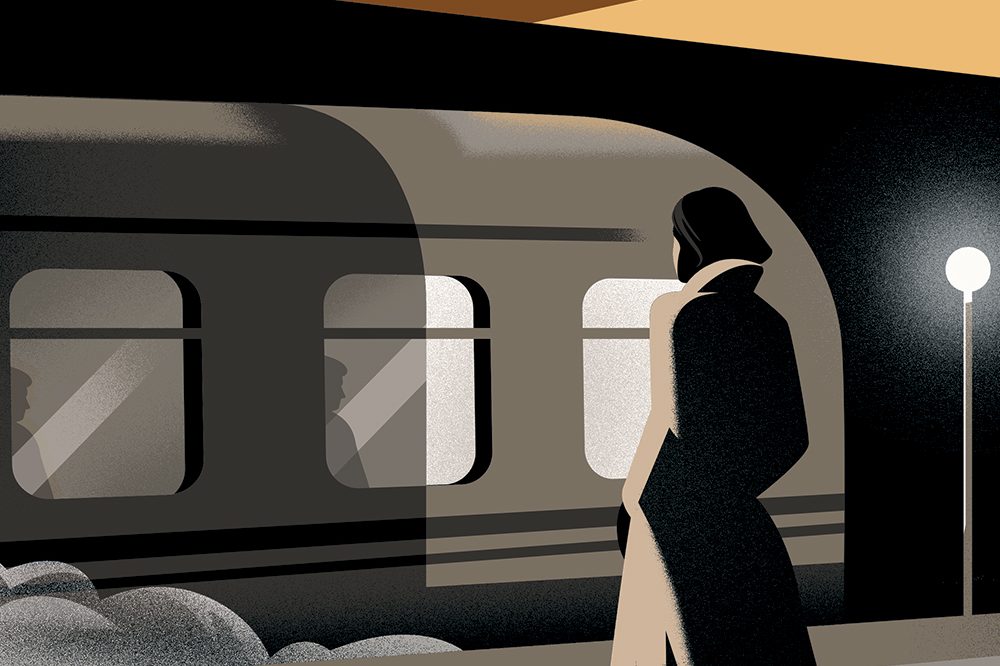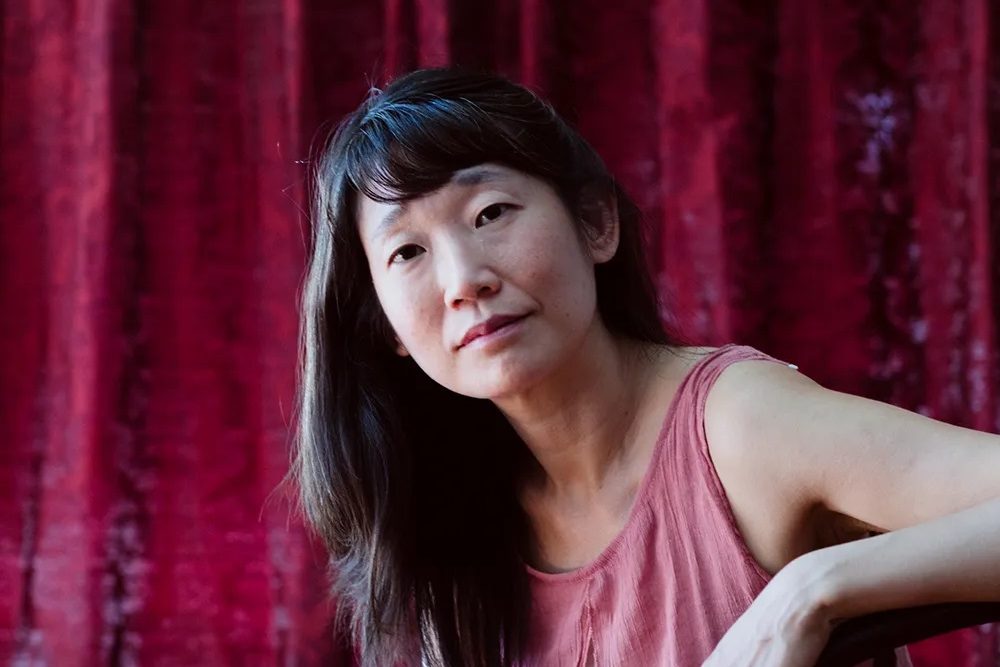When I was in middle school back in the 1990s, there were two sets of books every boy seemed to have in his backpack. One was the Redwall series, Brian Jacques’s swashbuckling tales of heroic mice and tyrannical wildcats. The other was the His Dark Materials trilogy by Philip Pullman.
It’s no coincidence, I think, that both Jacques and Pullman are British. What made these books intriguing, beyond their carefully wound plots, was that they were marketed to children yet addressed subject matter that was very much adult. In Redwall, it was the brutal violence. His Dark Materials had some of that too (in the first chapter of the first book, we witness an attempted killing; in the first chapter of the second book, we witness an accidental fatality). But what really distinguishes Pullman’s novels is their refusal to insult the intelligence of their young readers. They invite children to reflect on mature matters of faith and love and death, and they do so without the usual lunges back into the safety of the fairytale.
Children love nothing more than to be exposed to adult matters, something the British seem to understand. Whereas American teenage fiction tends to be about proms and vampires and fluffy coming-of-age dramas — Suzanne Collins is a valiant exception — the Brits prefer to lean heavily on the “adult” end of young adult. There is no American analogue to the British child who was traumatized by a trip to the movies to see Watership Down. And while the most obvious example of dark-ish British teen lit is the Harry Potter series, that’s watered-down butterbeer next to the eighty-proof His Dark Materials.
Pullman’s trilogy — Northern Lights, released in the US as The Golden Compass, The Subtle Knife and The Amber Spyglass — tells the story of two children, Lyra Belacqua and Will Parry, who stumble across a plot by a militarized church called the Magisterium to destroy a mysterious substance called Dust. The Magisterium believes that Dust is a manifestation of original sin, and if they can stop it, they can reverse Adam’s fall and cement their own power.
That’s as far as I’ll dare to explain the plot, because Pullman weaves together so many elements as to make synopsis impossible. Warrior bears, lusty witches, externalized souls (daemons) in the forms of animals, tiny spies who ride dragonflies, an entire multiverse of parallel realities — these are just some of the hues in Pullman’s kaleidoscope. It’s a credit to his abilities as a storyteller that he manages not just to make all this work but work as one of the less dungeons-and-dragons fantasy stories out there. There is magic aplenty in His Dark Materials, but it always feels grounded in the real world. Or worlds.
Given this appeal, it’s curious that His Dark Materials has so rarely been adapted to the screen. Save for a single 2007 movie starring Nicole Kidman that was widely hated by fans, production studios have mostly left Pullman’s creations alone. All that changed in 2019 when New Line Productions unveiled an eponymous TV show. It aired over three seasons on HBO and the BBC and concluded with the release of the final episode in December. It’s a flawed adaptation, but one that embraces wholly those dark and difficult themes.
It’s a strange thing, the religious moral panic. Supposedly it looms over Hollywood like an ever-present storm cloud, threatening at every turn to hurl Brokeback Mountain back into the closet and reinstate the Hays Code. Yet dig a little deeper and you often find that the panic is less eventful than the panic about the panic. Consider the supposed Christian backlash against the gleefully profane South Park during the late 1990s. That backlash, as creator Trey Parker has said, was mostly a myth.
Likewise, if you’ve heard one thing about His Dark Materials, it’s that the books are an attack on organized religion. And a needed attack on organized religion, stress the freethinkers in unison. The main reason fans hate the 2007 movie so much is that it airbrushed out much of Pullman’s heretical material, supposedly after its studio freaked about a possible Christian boycott. Read virtually any article about the franchise and you’ll find the same refrain: “This is a satire of organized religion,” the critics hymn, and thus must not be defaced.
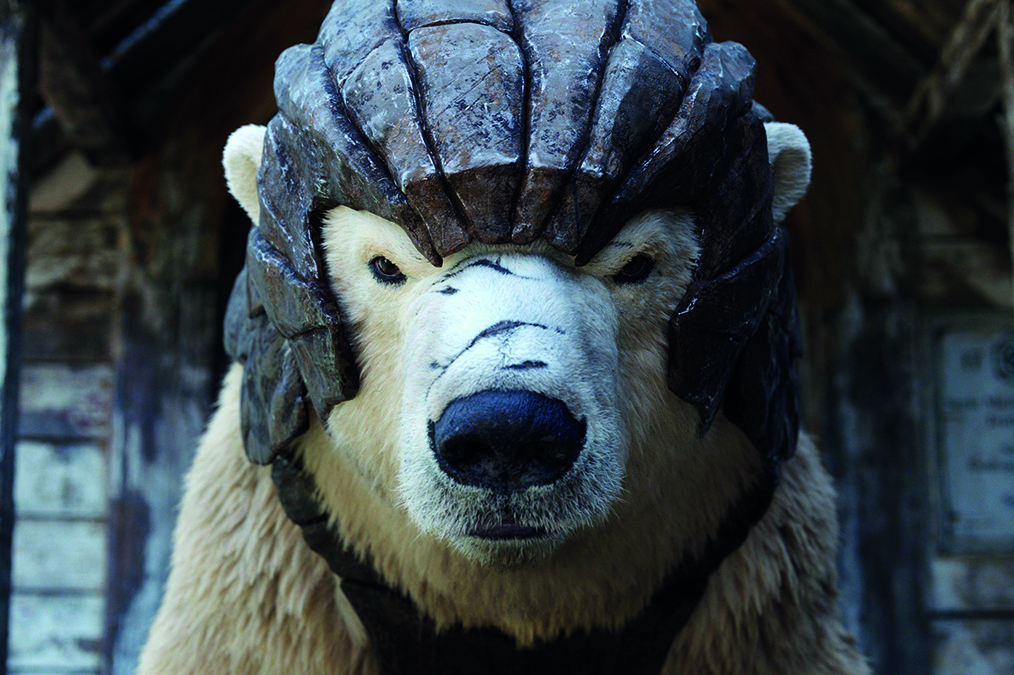
It is true that His Dark Materials is subversive of Christianity. The Magisterium is a villainous Christian theocracy and its actions call to mind the Catholic Church’s history of oppression and torture. The novels were inspired by Milton’s Paradise Lost, a Pullman favorite, which pioneered the literary trope of sympathy for the devil. Their most Luciferian character, Lord Asriel, seeks to destroy the Magisterium and build a “Republic of Heaven” on earth. There are gay angels, murderous priests and a godhead who dies of old age.
Yet if the Magisterium is evil, Lord Asriel, who at one point kills a child, is hardly good. Pullman is interested in more than just a crass inversion of Christian cosmology. His characters aren’t satanic so much as morally complex, defying easy categorizations of white hats and black. The protagonist Will Parry is often unlikable and struggles with a death he caused early in his life. Even the books’ most heinous villain, Mrs. Coulter (played with utter magnetism in the TV version by Ruth Wilson), struggles with her love for her daughter Lyra and ultimately proves herself capable of redemption.
Pullman’s color palette is of vibrant grays. He rejects the absolute goods and evils found in other children’s stories, especially C.S. Lewis’s Narnia series, which he scorns. It’s telling that the closest thing to sheer wickedness we find in His Dark Materials is the Magisterium, which has become that way only because its clerics think they’re in the service of pure good. The easy concepts critics read into Pullman’s work also end up blurred. Organized religion? The Magisterium is hardly organized. It’s a collection of competing and sometimes warring councils, a send-up of religious sectarianism as much as religious authority. (That this is clearly a post-Reformation church makes the oft-leveled charge of anti-Catholicism all the more silly.)
And while Pullman himself is a nonbeliever, he probably thrills to A.C. Grayling’s old quote: “How can you be a militant atheist? It’s like sleeping furiously.” Pullman has said he’s not out to destroy religion per se so much as any authoritarianism that seeks to close the human mind, the godless Soviet Union as much as the medieval Church. The ethos behind His Dark Materials is that of the increasingly rare anti-totalitarian liberal, the sort Robert Frost once characterized as “too broad-minded to take his own side in a quarrel.”
So while Pullman’s scientist character Mary Malone talks of losing her faith and calls Christianity “a very powerful and convincing mistake,” she’s also honest enough to admit she misses believing in God. “What I miss most is the sense of being connected to the whole universe,” she says. She might be speaking for her atheist author there but those of faith will understand exactly what she means.
If there’s a criticism to be made of His Dark Materials, it’s that Pullman introduces so many characters and races and worlds that he doesn’t stop long enough to savor them. His books move quickly, with a propulsiveness rarely found in fantasy literature. This keeps you turning the page but it also makes you long on occasion for the stillness found in the works of Pullman’s foes, Lewis and Tolkien. And even when this rapid-fire complexity works — and it often does — it raises a question: why is a God the only whimsy Pullman refuses to allow? Why, amid this whirlwind fantasia of river people and zeppelins and ghosts, is the Authority, the books’ God figure, the only myth that ends up busted? And what created all these worlds anyway? The best Pullman can muster is when one of his characters shrugs, “There may have been a creator, or there may not: we don’t know.” But then the books are hardly agnostic on other towering questions from multiverses to monarchies.
His Dark Materials is at its best when it’s engaged in the act of creation, slowing down to explore its array of worlds. The TV show captures some of this, but it never quite conjures up the off-kilter whimsy that suffuses Pullman’s prose. If you’re looking for a thoughtful and dark epic tale that refuses to sentimentalize childhood, stresses personal responsibility and revels in the variety of the universe — the way liberals used to think — then His Dark Materials is worth rediscovering. But best to stick to the source material.
This article was originally published in The Spectator’s March 2023 World edition.



